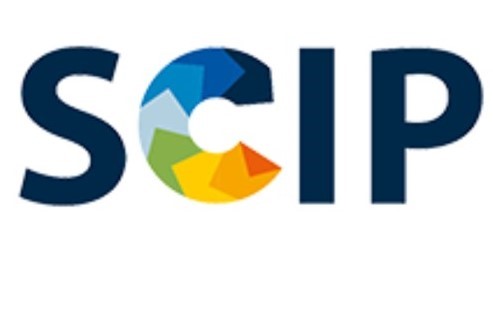
ECHA publishes first SCIP data
Submitted by:
Andrew Warmington
ECHA has published the first database of substances of very high concern in products (SCIP) in the EU. This aims to enable consumers “to make more informed purchasing choices and help waste operators to further develop the re-use of articles and the recycling of materials,” the agency said.
The SCIP database was compiled from about 4 million article notifications that were made by around 6,000 companies required to notify ECHA about products they put on the market containing substances of very high concern (SVHCs) at 0/1% wt/wt. This may include duplicates, so that the total number is not as yet known. To date, the most commonly notified product categories are:
* Machinery and their parts
* Measuring instruments and their parts
* Electronic equipment and their parts
* Vehicles and their parts
* Articles made of rubber
* Furniture
Meanwhile, the most common SVHCs in notifications are:
* Lead (e.g. in ball bearings & batteries)
* Lead monoxide (e.g. in lamps & vehicle parts)
* Lead titanium trioxide (e.g. in electric cookers)
* Silicid acid, lead salt (e.g. in lead crystalware and vehicle coatings)
* 1,6,7,8,9,14,15,16,17,17,18,18-dodecachloropentacyclo octadeca-7,15- diene, more commonly referred to as Dechlorane Plus (e.g. in paints and glues)
“Today’s launch improves access to information on hazardous chemicals in articles on the EU market, said ECHA executive director, Bjorn Hansen. “It will help to track products containing SVHCs until they reach the waste stage, supporting the goals of a circular economy.”
